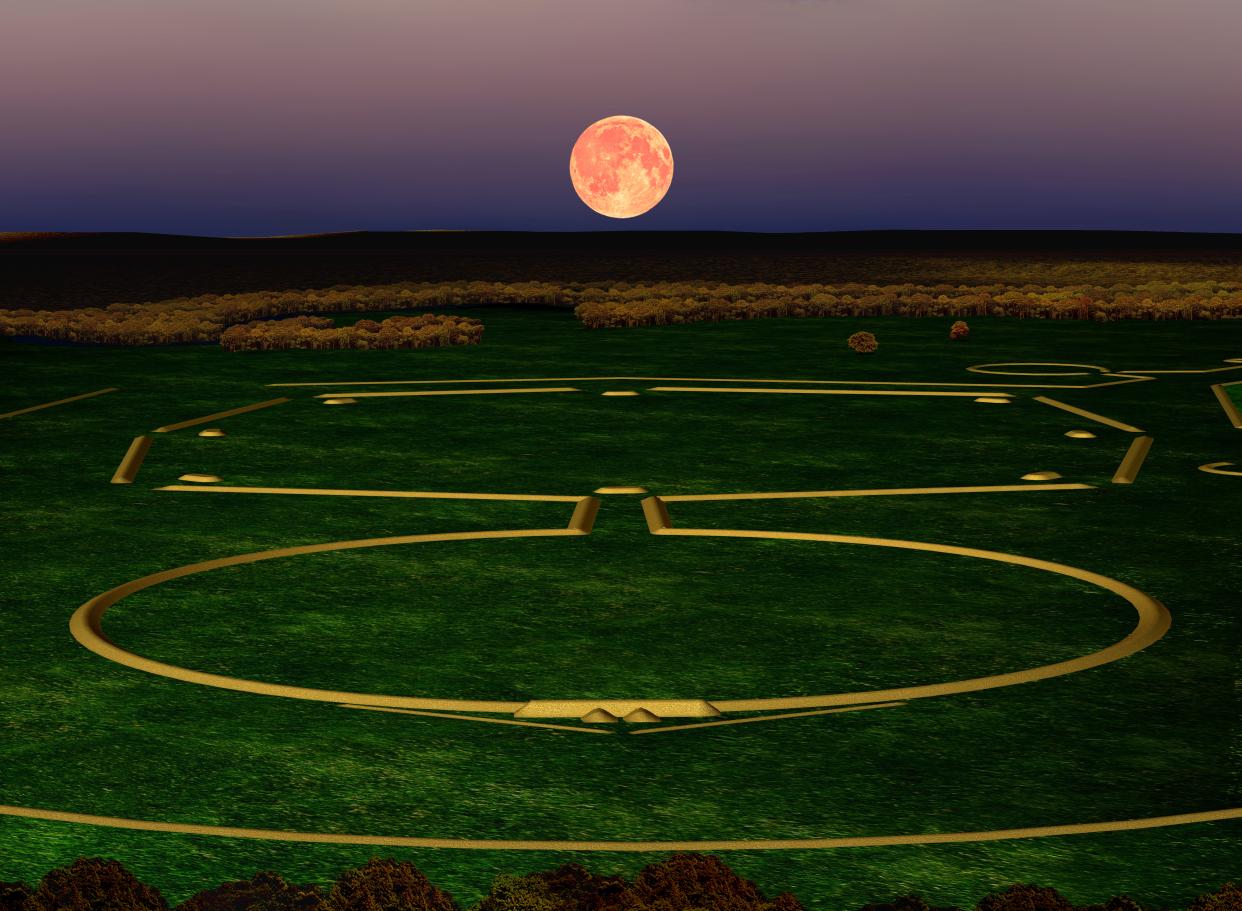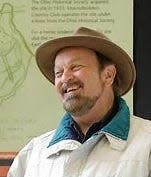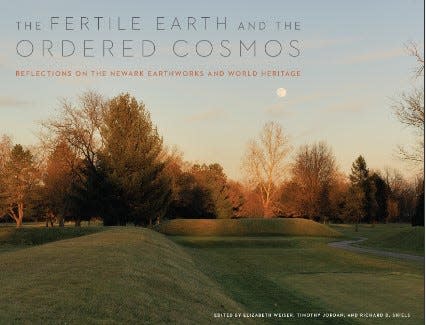Three years of Newark Earthworks columns part of effort to secure World Heritage site

This is the 75th column about the Newark Earthworks and the World Heritage site designation effort that I have provided to the Newark Advocate over the past three years. I did not write most of these columns; they were written by a large number of people.
These columns become increasingly relevant as we approach the UNESCO (United Nations Educational, Scientific and Cultural Organization) meeting in Saudi Arabia this October, when we believe nations from around the world will vote to approve the Newark Earthworks, Fort Ancient (outside of Oregonia, Ohio) and earthworks at Hopewell Culture National Park near Chillicothe for designation as a World Heritage site collectively entitled “Hopewell Ceremonial Earthworks.”

The authors of these columns include Glenna Wallace, Chief of the Eastern Shawnee Tribe of Oklahoma, and five other American Indians; Bradley Lepper, archaeologist at the Ohio History Connection, whom I consider “Mr. Newark Earthworks;” Ray Hively and Bob Horn, Earlham College professors who rediscovered the lunar alignments at the Octagon some decades ago; John Hancock, who created a website about our earthworks entitled "The Ancient Ohio Trail" and wrote the nomination materials for World Heritage designation, as well as many other equally impressive authors.
The Ohio State University Press recently published the first 44 of these columns and 25 fabulous photographs by Newark photographer Tim Black and others in a beautiful book, "The Fertile Earth and the Ordered Cosmos. Reflections on the Newark Earthworks and World Heritage." (Proceeds from book sales go to support the Ohio History Connection and the Newark Earthworks Center in their efforts to manage and interpret the site. To order, go to: https://ohiostatepress.org/books/titles/9780814258705.html.)

Together, these essays and photographs capture the beauty and awe of the Octagon Earthworks and the Great Circle, key components of what we believe will be our nation’s 25th UNESCO World Heritage site.
World Heritage is the most impressive designation any site can receive anywhere in the world. The Great Wall of China is a World Heritage site, as are Stonehenge and the Tashima Hall. There are only 24 World Heritage sites in the United States, including the Grand Canyon, Mesa Verde and two other earthworks sites: Cahokia in Illinois and Poverty Point in Louisiana.
Our World Heritage site will bring visitors from around the world and teach an even larger audience about an impressive American Indian culture here in Ohio roughly 2,000 years ago. We do not know what this culture called itself; archaeologists call it “Hopewell.”
Together with Cahokia and Poverty Point earthworks sites, our World Heritage site will teach the world that brilliant American Indian cultures flourished over more than two millennia within the eastern third of today’s United States.
Two thousand years after ancestors of American Indians created the Newark Earthworks and more than 500 other geometric earthworks across Ohio — and nearly 200 years since American Indian tribes were removed from Ohio by the federal government — it is time that we teach our children about these earthworks as we teach them about sacred ancient sites in Egypt, China, Europe and Mesopotamia.
Richard Shiels is an emeritus associate professor of history and founding director of Ohio State University's Newark Earthworks Center.
This article originally appeared on Newark Advocate: Three years of columns, website, new book promote Newark Earthworks

